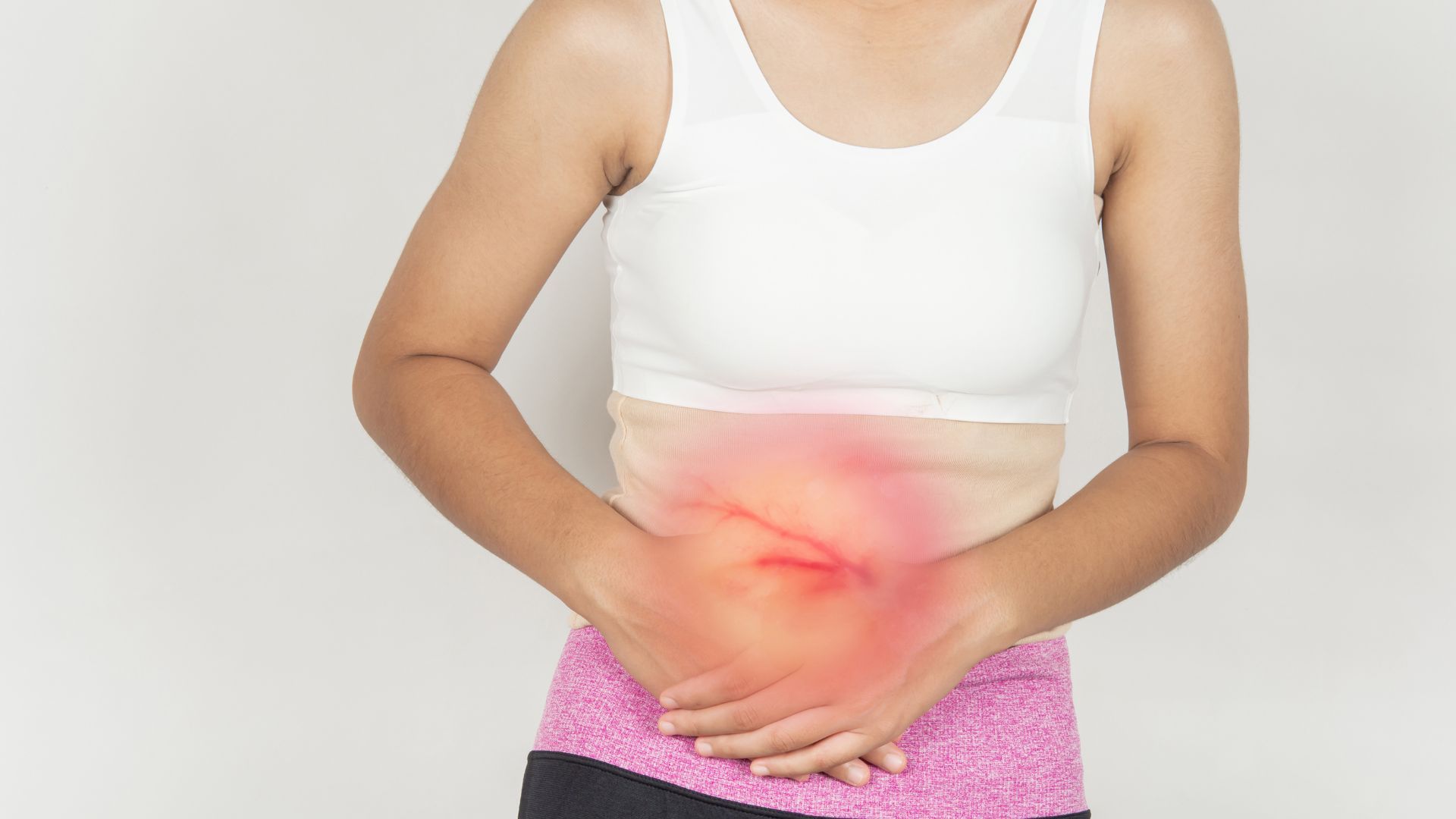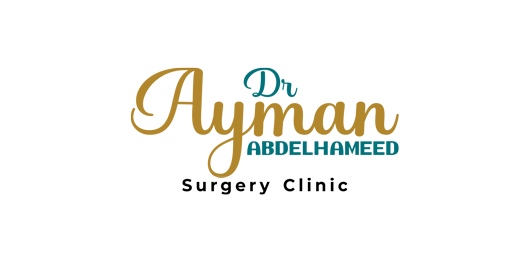Gallbladder

WHAT IS THE GALLBLADDER ?
Your gallbladder is a small organ in your upper abdomen.
The abdomen is the area in the middle of your body that holds many organs, including the stomach and gallbladder.
The abdomen is the area in the middle of your body that holds many organs, including the stomach and gallbladder.
What is Laparoscopic Gallbladder Removal Surgery (Laparoscopic Cholecystectomy) ?
WHAT DOES THE GALLBLADDER DO ?
The gallbladder collects and stores a liquid called bile that helps your body break down food.
Small, hard deposits called gallstones can form in the gallbladder ,this is a common condition.
If your gallstones cause health problems, doctors might do surgery to remove it.
For example, you might need surgery if your gallbladder is no longer working correctly and you have pain.
In the past, doctors made a large cut (incision) in the belly to remove the gallbladder ,this is called open surgery.
Today, doctors can do this surgery with tiny instruments and just a few small cuts, this is called laparoscopic surgery, because the main instrument is called a laparoscope (say “LAP-uh-ruh-scope”).
Minimally invasive surgery is a general term for surgery with these small instruments.
What Causes Gallbladder Problems ?
Gallstones are often the cause.
These small, hard deposits form in the gallbladder.
They can also get into the bile duct, which connects the gallbladder with your intestines.
You are more likely to get gallstones if you :
Are a woman, Have had children, Are overweight, or Are over 40.
You might also get gallstones if other people in your family had them.
Doctors do not have a consistent way of preventing gallstones.
Is cholecystectomy a major surgery ?
Cholecystectomy is a common procedure with a typically easy recovery.
It’s also one of the first procedures that’s become routinely performed using minimally invasive surgery techniques.
These techniques, including laparoscopic surgery and robotic surgery, use very small incisions of a half-inch or less to minimize trauma, pain and recovery time.
While an open operation with a larger incision may occasionally be necessary, laparoscopic cholecystectomy is far more common today than open surgery.
What are the symptoms of gallbladder problems ?
Symptoms can include :
Sharp pain in your abdomen, Nausea and vomiting, Indigestion, Fever, and Yellow skin – Jaundice is the medical term for skin and eyes that look yellow.
You might get jaundice if gallstones block your bile duct.
How do find gallbladder problems?
Test called an ultrasound.
It shows the inside of the body using sound waves ,you are awake during the test, and it does not hurt.
If you need more tests, you might have a CT scan or a test called a HIDA scan ,The HIDA scan uses an injection of dye to show how well your gallbladder and bile duct are working.
Why is cholecystectomy done ?
You might need gallbladder removal surgery if gallbladder disease :
Interferes with your quality of life.
Poses significant risks to your health.
Is expected to continue and/or get worse.
Unfortunately, this is the case with most of the conditions that can affect your gallbladder, including :
Gallstone disease.
Chronic cholecystitis.
Gallbladder cancer.
Gallstones are the most common reason for cholecystectomy.
While many people live with gallstones and never have problems with them, those who do have problems tend to have them repeatedly.
A gallstone that gets stuck anywhere in your biliary tract can block the flow of bile, causing pain and illness.
It might block the opening to your gallbladder, your common bile duct or your pancreatic duct.
How do I know if I need to have my gallbladder removed ?
The most common and recognizable symptom of gallbladder disease is biliary colic.
It’s a pattern of pain in your biliary tract (generally in your upper right abdomen) that occurs in episodes, often with nausea.
Biliary colic is usually an early sign of biliary disease that’s likely to get worse.
When your bile flow stalls completely, you’ll feel intense gallbladder pain that won’t go away until you get medical care.
Other signs of possible gallbladder disease include :
Jaundice (a yellow tint to your skin and eyes).
Swollen abdomen that’s tender to the touch.
Large gallbladder polyps discovered on ultrasound.
If you have any of these signs or symptoms, your healthcare provider will examine you and conduct the necessary tests to diagnose the cause.
They’ll let you know if they recommend cholecystectomy for you.
Dr. Ayman Abdel Hameed :
The official page: Prof. Dr. Ayman Abdel Hameed, consultant and teacher of oncology surgeries and limited surgical intervention.
Doctorate in Oncology Surgery at the National Cancer Institute, Cairo University.
Master of Surgery oncology at the National Cancer Institute, Cairo University.
Bachelor of Medicine and Surgery, Faculty of Medicine, Kasr Al-Ainy, Cairo University, 2010, with distinction and honors.
More than 14 years of practical experience in surgery, oncology, and limited surgical intervention using surgical laparoscopes and surgical robots.
Book now : 01557112376
